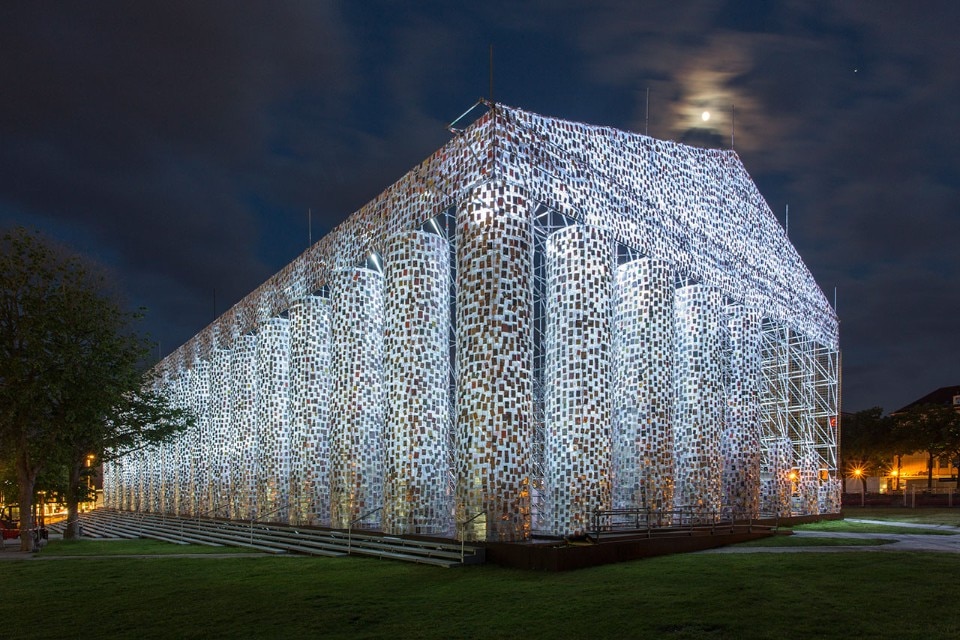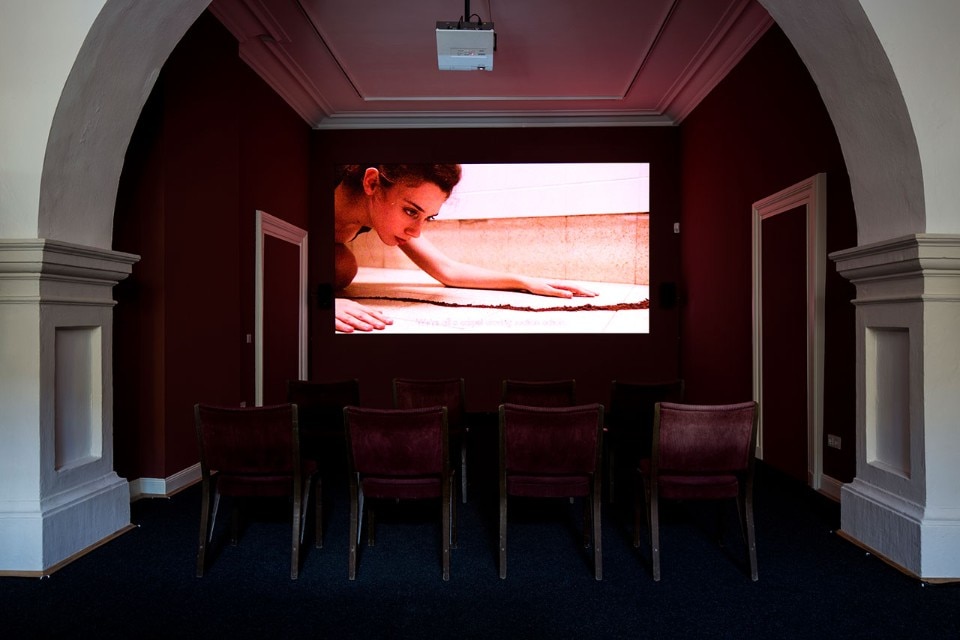
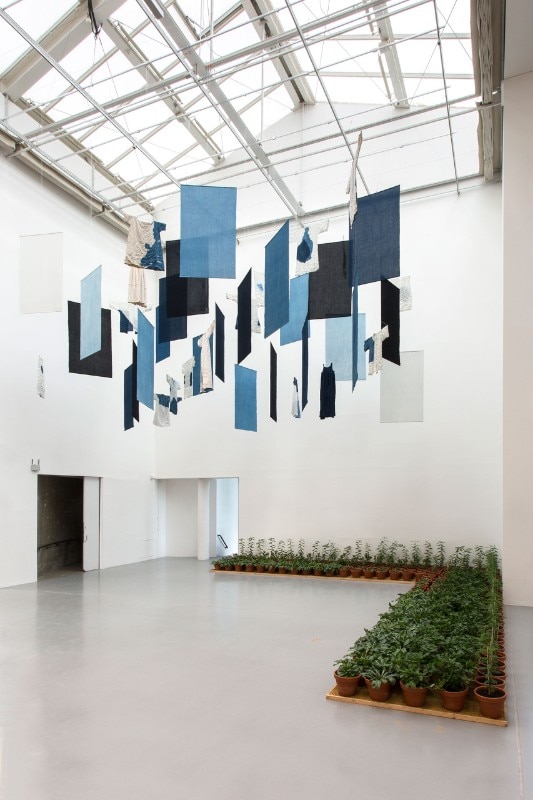
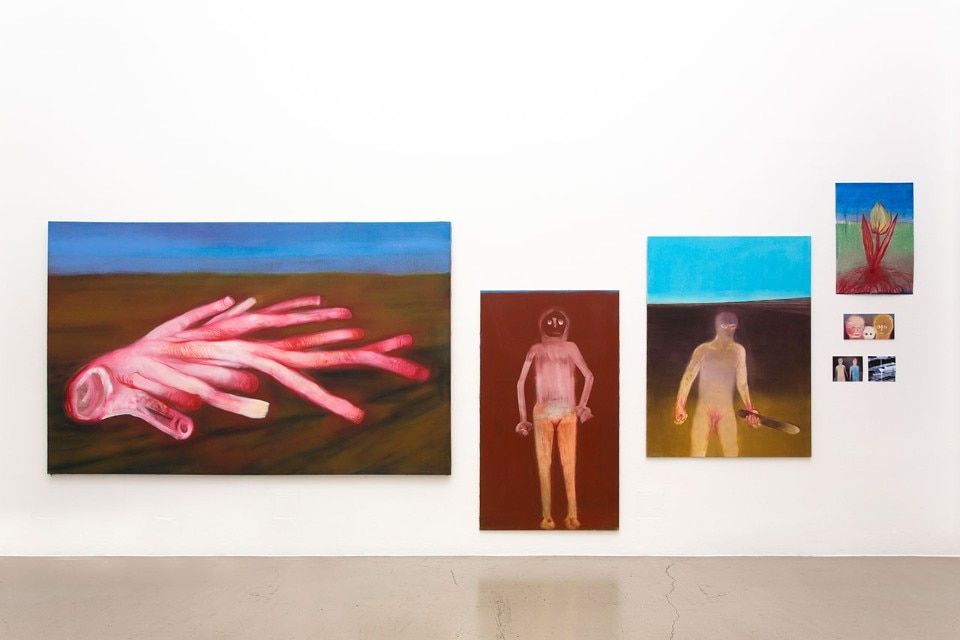
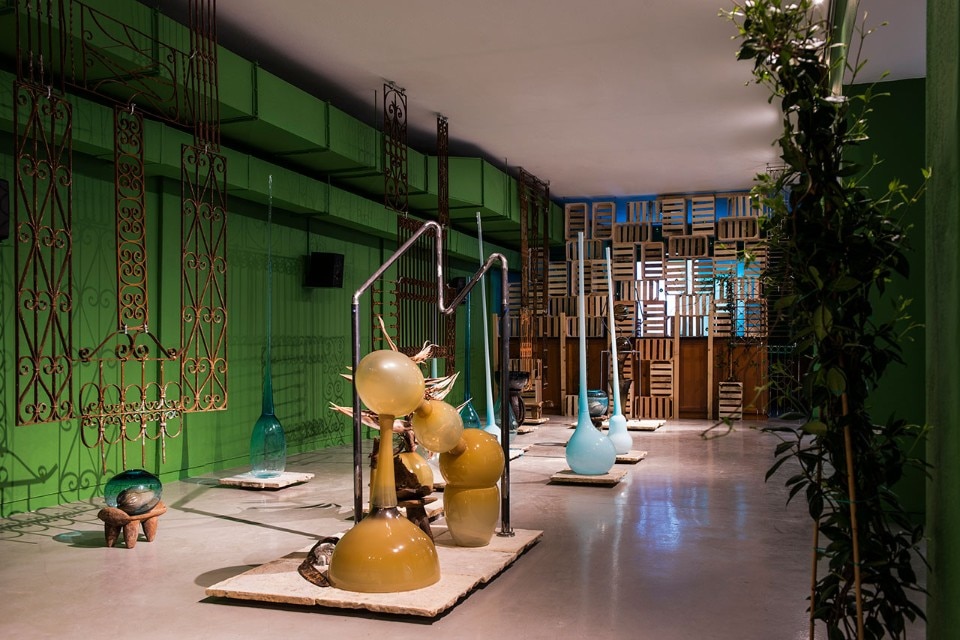
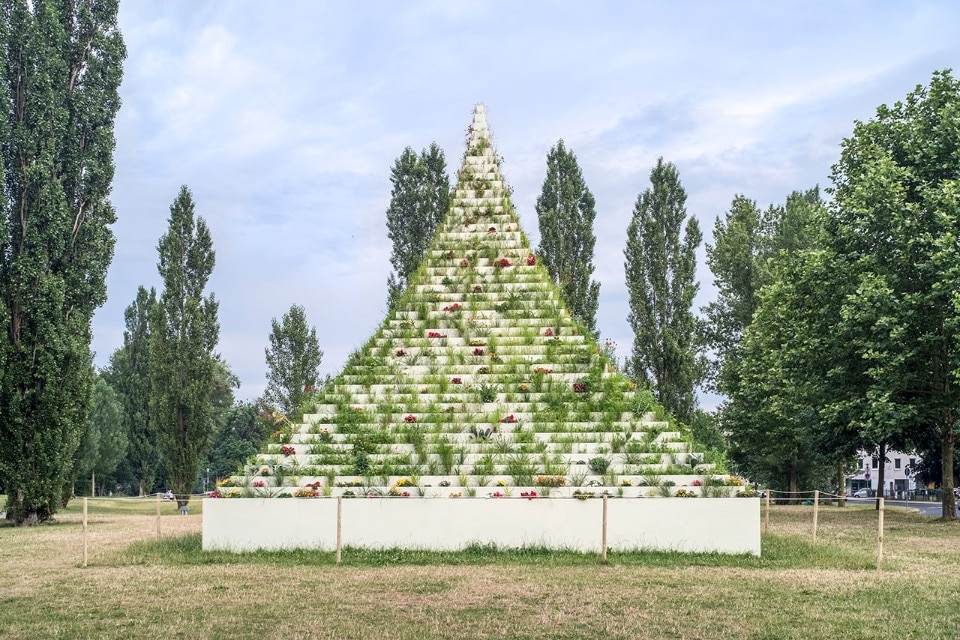
On a different level, but equally powerful, are the delirious and sarcastic works by Roee Rosen. He is the lucid critical voice of a country – Israel – in which self-control and repression underlie much collective behaviour. Two examples are his installation of drawings titled Live and Die as Eva Braun, exhibited in Athens, and the recent The Dust Channel shown in Kassel. Set in a middle-class house, this video-operetta reveals repressed experiences and gives paradoxical shape to the psychological regression generated by fear and obsession with defence. Rosen’s works are so scathing and hard-hitting that they become anti-aesthetic and profoundly “disturbing”. Equally “disturbing” are the sexed paintings by Swiss artist Miriam Cahn (1949), while the self-portraits painted with feet and mouth by the beautiful Lorenza Böttner, originally named Ernst Lorenz Böttner, are perturbing.
Meanwhile, the work of porno activist Annette Sprinkle (active since the ’60s) with Beth Stephens is based on an invitation to closeness and empathetic participation. In Athens, Sprinkle organised a cuddling session in a large bed located in the middle of the EMST, while in Kassel she has invited visitors to share a paradoxical “Ecosexual Walking Tour”, based on an appeal to “make love with the Earth”.
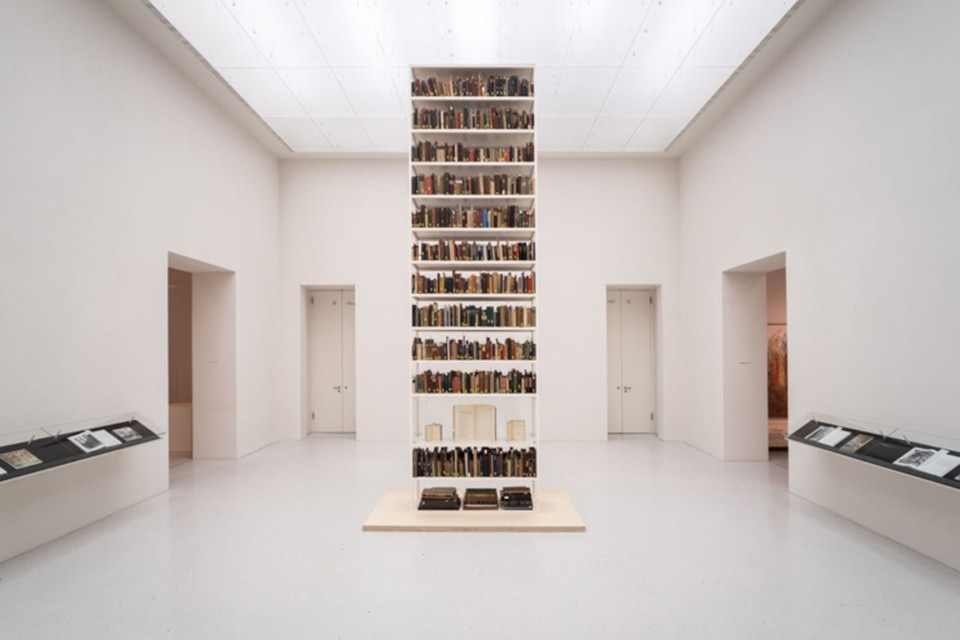
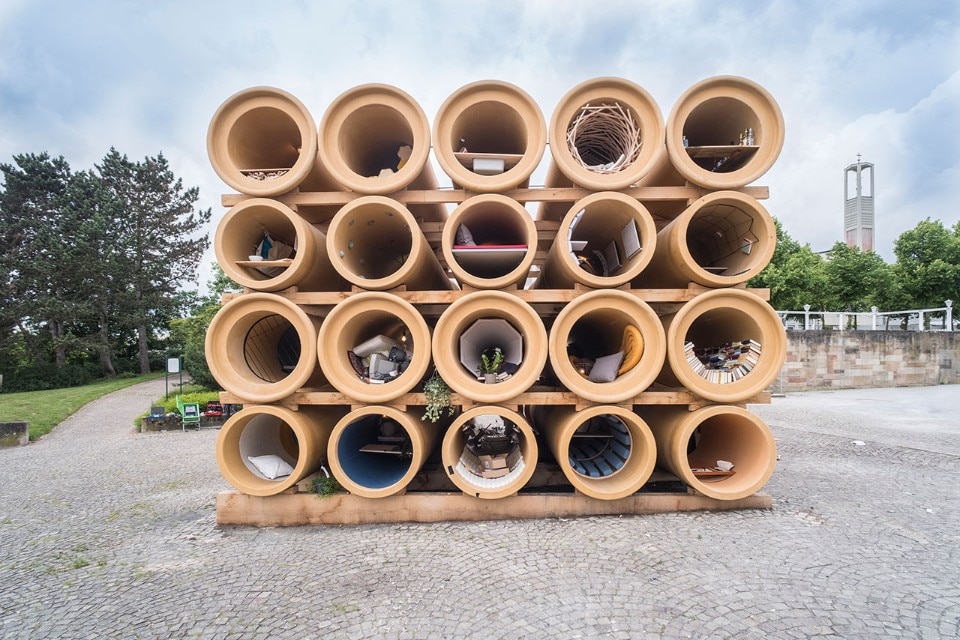
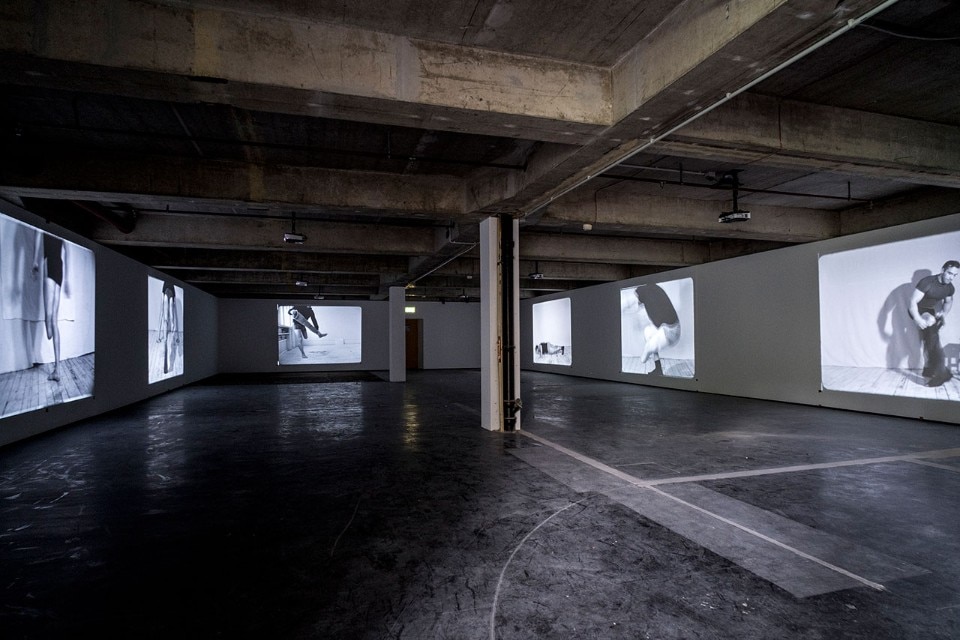
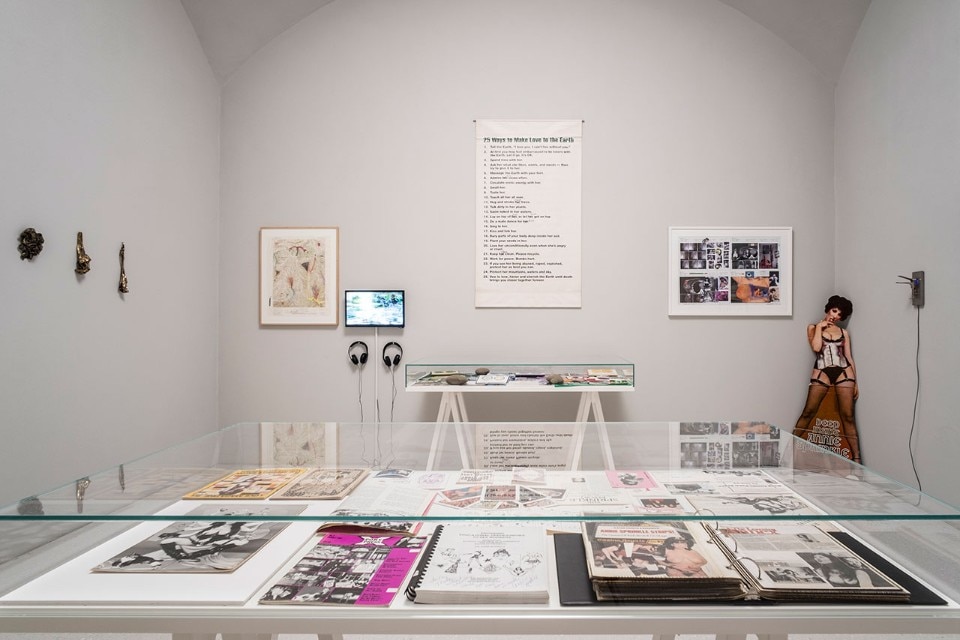
until 17 September 2017
Documenta 14
Museum Fridericianum, Kassel, and various locations


